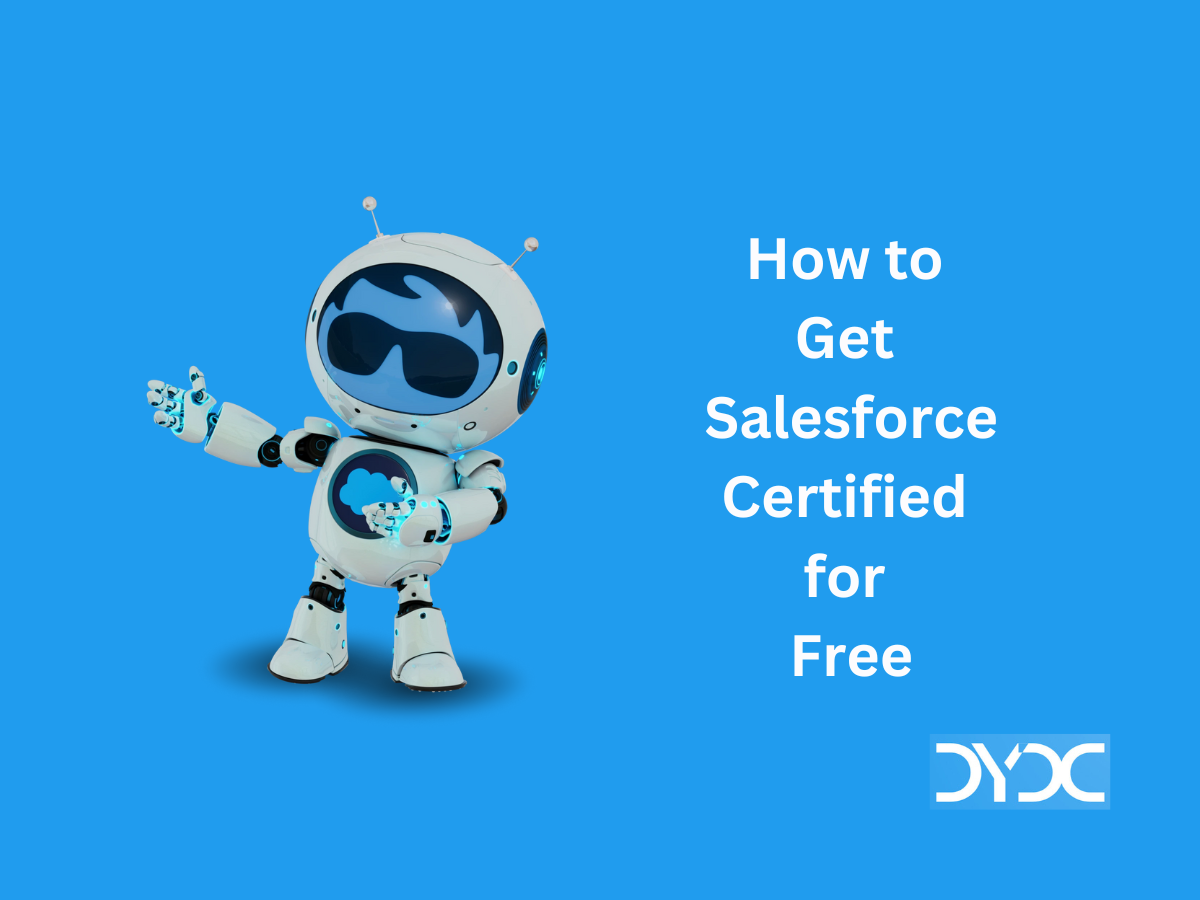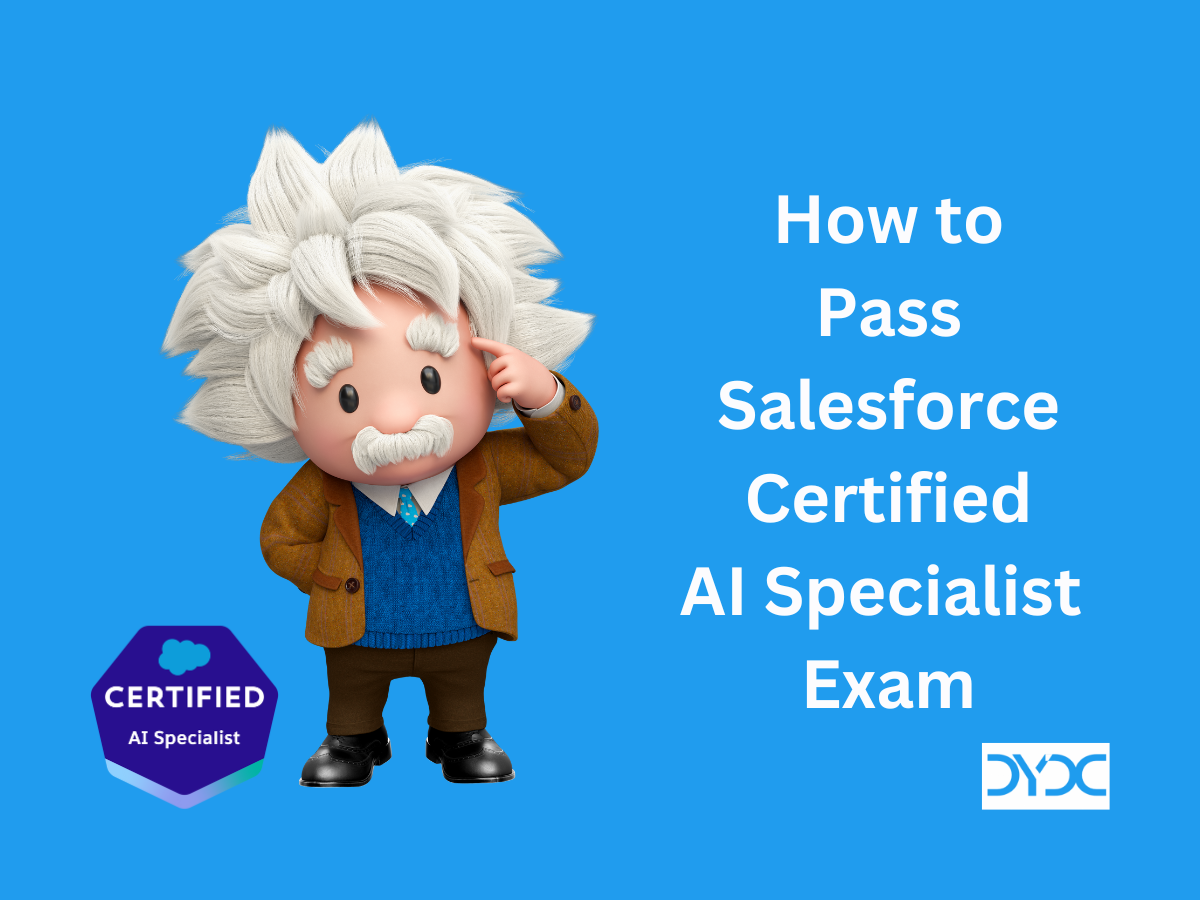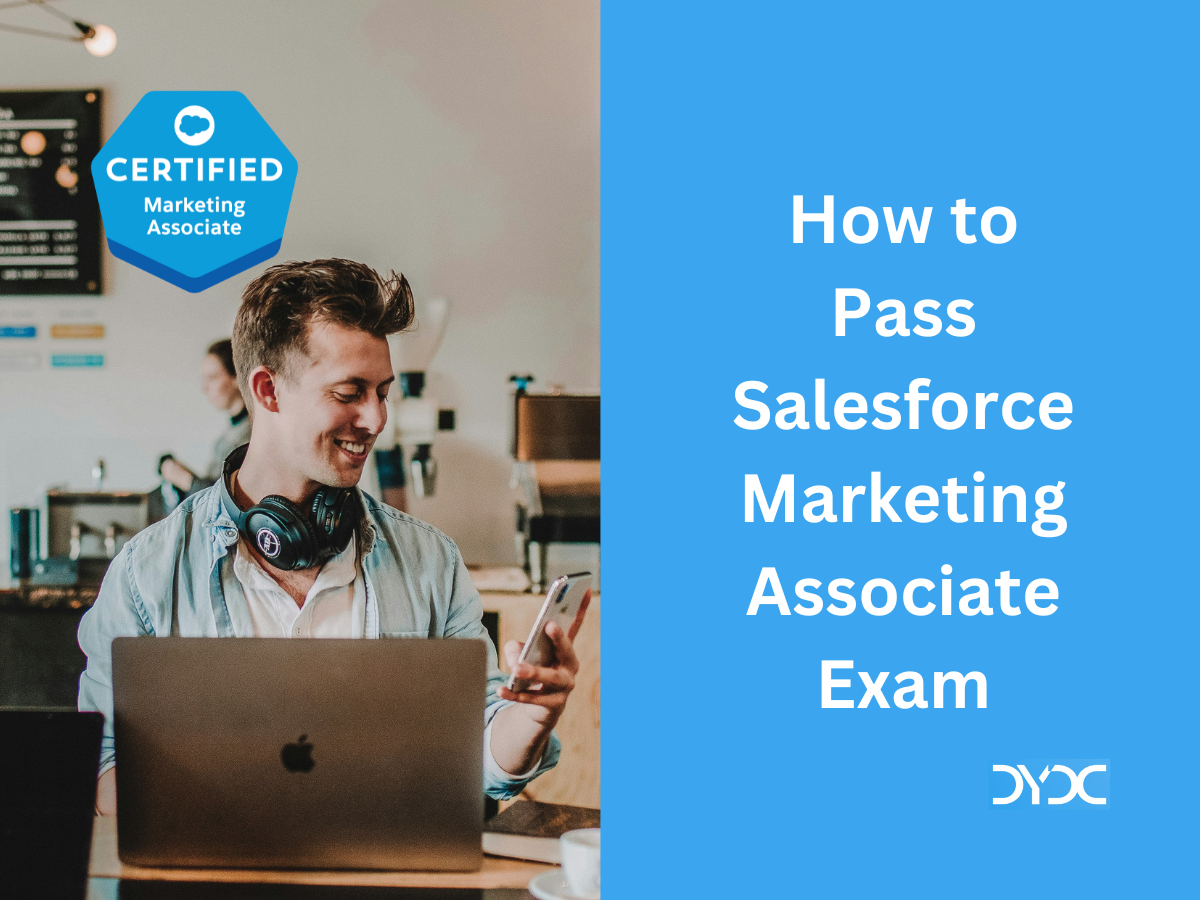How to Pass Salesforce Loyalty Management Accredited Professional Exam
1. About the Salesforce Loyalty Management Accredited Professional Exam
The Salesforce Loyalty Management Accredited Professional (AP) is intended for individuals who have the knowledge, skills, and experience to discover, design, plan, and deliver business value to customers through Loyalty Management.
| Content | 50 multiple-choice/multiple-select questions | |
| Time allotted | 75 minutes | |
| Passing score | 69% (35 out of 50 questions) | |
| Exam Fee | USD 150 plus applicable taxes | |
| Retake Fee | USD 150 plus applicable taxes | |
| Prerequisite | None |
2. Exam Outline
| Topic | Weighting | Questions |
|---|---|---|
| Strategies and Design | 16% | 8 Questions |
| Loyalty Program and Process Configuration | 54% | 27 Questions |
| Integration | 20% | 10 Questions |
| On-Going Loyalty Management | 10% | 5 Questions |
3. Salesforce Loyalty Management Accredited Professional Exam Study Course
Financial Services Cloud Accredited Professional Exam curriculum is available on Partner Learning Camp. Please refer to Accredited Professional Partner Community Page for details.
4. Important Topics for Salesforce Loyalty Management Accredited Professional Exam
- Loyalty Programs and Loyalty Management
- Loyalty Management offers:
- End-to-End Loyalty: integrates seamlessly with the CRM platform, helping businesses get a holistic view of their relationship with their members.
- Personalized Experience: integrates with CRM platforms across all touch points to facilitate a holistic understanding of customers and deliver personalized experiences to them.
- Insightful Analytics: integrates with CRM Analytics to provide dashboards that help businesses predict member disengagement and promotion profitability.
- Industry Orientation: offers industry templates that include industry-specific processes and data models, allowing businesses to get faster time to value.
- Partner Driven: connects programs with partners and improves interoperability by making it easy to calculate liabilities across program partners.
- Different types of loyalty programs:
- B2B Loyalty Programs
- B2C Loyalty Programs
- D2C Loyalty Programs
- B2B2E Loyalty Programs
- B2B2C Loyalty Programs
- Loyalty Program Pain Points:
- Separate systems: Organizations often use multiple solutions to track their loyalty members’ activities and maintain their loyalty programs.
- Program tracking: Separate systems make it hard, if not impossible, to track customer lifetime value.
- Personalization: Loyalty programs are most effective when they provide the customer with personalized experiences that are based on the customer’s interactions with the organization.
- Audience targeting: Benefits, promotions, and discount vouchers are all time-tested strategies to keep the customer engaged.
- Timeliness: Organizations also struggle to engage loyalty program members at the right time. A benefit or a promotion is only useful if the customer receives it when they need it.
- Points management: Also, organizations find it difficult to debit, credit, or expire points based on the millions of customer transactions every day.
- Salesforce Loyalty Management features:
- Loyalty Foundation: Create multiple loyalty programs, each with its own set of tier groups, tiers, and currencies. Associate loyalty program member records with existing Contact or Account records.
- Loyalty Experiences: Associate member benefits with a loyalty program tier to keep customers hooked to your program. When a loyalty program member reaches the tier, the benefits are automatically assigned to the member.
- Partner Management: Give customers more choices by incorporating partners in your loyalty program ecosystem. With partners, customers can earn or redeem points when they purchase a partner’s products or use their services.
- Loyalty Management Permission Set: Provides edit access to Loyalty Management object
- When initializing a tier group you define three attributes:
- Tier period is the period after which tier assessment takes place or, to put it another way, the duration for which a newly allotted tier can be retained by a member.
- Qualifying period is the period after which a member’s qualifying points balance resets to zero.
- Tier model is an attribute that influences the start date of the qualifying period.
- Program Currencies:
- Non-Qualifying Points are based on the traditional currency system and hence can be financially quantified.
- Qualifying Points count toward a member’s tier status.
- Qualifying points can be associated with only one tier group. Though, you can have different types of qualifying points in a tier group.
- Expiration models:
- Fixed model: Each non-qualifying point in a member’s balance expires after a fixed period as specified for this point type.
- Activity model: A member’s entire non-qualifying points balance expires if there’s no member activity for the duration specified for this point type.
- Types of vouchers:
- Fixed Value: Members can use this type of voucher to receive a specific discount amount on a product or service.
- Discount Percentage: Members can use this type of voucher to receive a specific discount percentage on a product or service.
- Product or Service: Members can use this type of voucher to purchase a specific product or service.
- Types of promotions:
- Standard promotions: These reward customers immediately after they complete an activity.
- Cumulative promotions: These reward customers after they complete multiple purchases that add up to a certain amount during a specific time period.
- Data Processing Engine allows you to gather data stored in different objects in your Salesforce org and transform and write back the results to standard or custom objects.
- Decision Tables provide outcomes for records or values based on specific business rules.
- Batch Management processes a flow in manageable batches.
- Loyalty Member Portal: lets members track their program details including points balance, recent transactions, and tier assignments.
- Only one loyalty program can be associated with an Experience Cloud site.
5. Additional Resources
Recommended Articles







